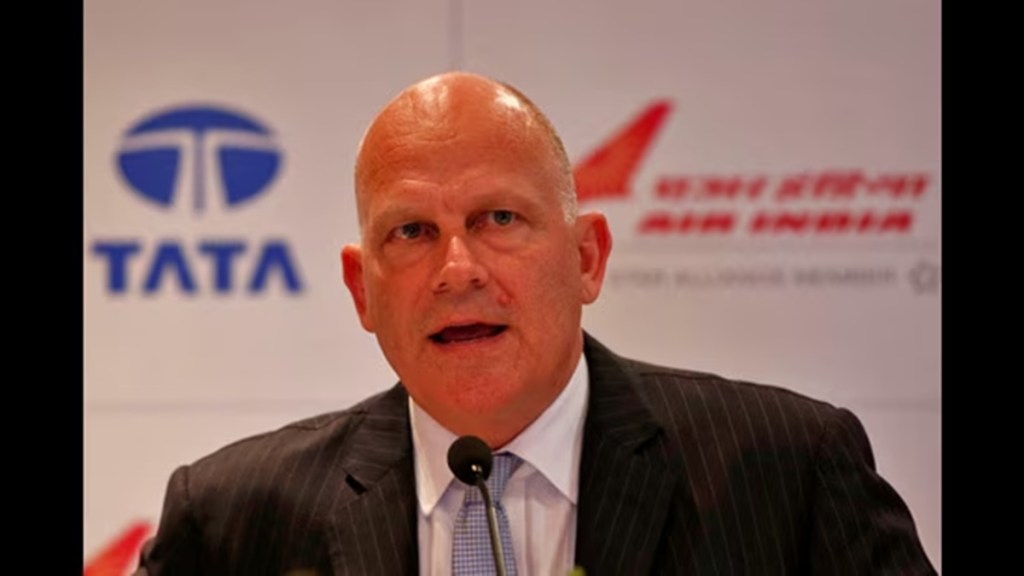The concentration of the Indian aviation market being in the hands of just two competitors will attract new players, backed by private funds, eager to grab a slice of the third largest domestic market in the world, a top Air India official said.
Considering the collapse of Jet Airways and more recently Go First, and the merger of Vistara and AirAsia India into the Air India group, the Indian aviation market is undergoing a phase of consolidation.
“Other global aviation markets saw bankruptcies, loss-making airlines collapsing, which started the consolidation phase. This brought some stability, professionalisation and profitability,” Campbell Wilson, managing director and CEO, Air India, responded to a FE query.
As more than 90% of the Indian skies is now controlled by IndiGo (63%) and Air India (29%), the market has slipped into a duopoly. Akasa Air and SpiceJet make the rest of the share. On metro to metro routes, Air India claims to have a market share of 55% and a share of 40% on the top 120 routes, that collectively account for 60% of the domestic traffic.
“There is now a lot of private capital, professionalism and stability coming into the system. In due course, there will be profitability coming in too. And then the third largest aviation market in the world will certainly have more than 2 airlines,” Wilson added.
Air India group (including Vistara) has been enjoying monopoly in the full-service international market since its takeover by the Tata group. The airline competes with the likes of British Airways, Lufthansa, Emirates, Qatar Airways and partner Singapore Airlines in the long haul and ultra-long-haul segment.
From 300 planes presently, Air India group expects to have a fleet of 400 by 2027, though Campbell acknowledged the delays from the US-based planemaker Boeing, due to their industrial issues. Air India had previously spoken about a target of inducting one new aircraft every six days.
In February 2023, the former flag carrier placed orders for 470 planes with both Boeing and Airbus consisting of a mix of narrow and wide-body aircraft. While new reports later in the same year said that Air India had ordered an additional 85 planes, Wilson called it speculative when asked about it.
About a third of its narrow-body fleet has been upgraded under a $400 million refit programme, while the rest of the fleet will also be upgraded by the middle of 2025. Retrofit of the of the older wide-body planes will commence next year.
“We had very much hoped to commence the retrofit of Boeing 787 and Boeing 777 by now. Unfortunately, the global supply chain is still recovering from Covid-19. There is clarity on the timeline, once the work begins in 2025, we would be doing 3-4 aircraft every month until the whole 40 wide-bodies are fixed,” Wilson added.
